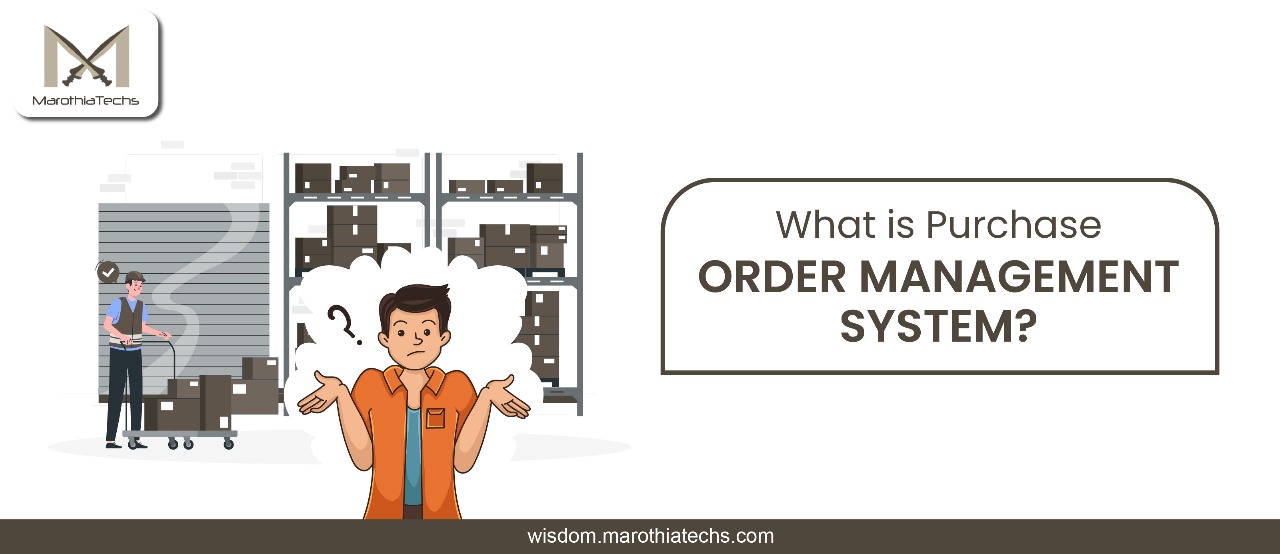In today’s business world, efficiency is essential. Companies constantly seek ways to streamline their processes, reduce errors, and improve productivity.
One such essential process is purchase order management. This system helps businesses track, manage, and simplify their purchasing activities, ensuring smooth transactions with suppliers.
Without a proper system in place, organizations often struggle with miscommunication, delayed approvals, and financial mismanagement. A purchase order management system provides a structured approach to procurement, helping businesses stay organized.
No matter the size of a business, handling purchase orders effectively ensures smoother operations. This blog will explore how a purchase order management system works, its benefits, and why businesses should consider implementing one.
Understanding a Purchase Order Management System
A purchase order management system is a digital tool that helps businesses create, approve, and track purchase orders. It serves as a central hub for procurement teams, ensuring every transaction is documented while reducing errors and improving financial control.
This system improves communication between buyers and suppliers by automating workflows, minimizing mistakes, and preventing delays. Instead of relying on manual methods, businesses can automate purchasing, saving time and reducing paperwork.
Companies that still use manual purchase order processes often face issues like lost paperwork, delayed approvals, and budget miscalculations. A structured system ensures that every purchase is properly recorded, creating a transparent procurement process.
By having real-time data, businesses can make better purchasing decisions, negotiate effectively with suppliers, and manage budgets efficiently.
Why Businesses Need a Purchase Order Management System
Managing procurement manually can lead to misplaced orders, miscommunication, and budgeting errors.
A purchase order management system helps businesses keep track of expenses, improve accuracy, and stay organized. Having all procurement data in one place ensures that teams can easily access and review records without unnecessary confusion.
Timely purchasing decisions are crucial for smooth business operations. A structured system helps companies maintain clear processes and avoid unnecessary delays.
As companies grow, their procurement needs become more complex. Handling multiple suppliers, tracking purchase requests, and ensuring compliance with budgets become challenging. An automated system simplifies these tasks, reducing unnecessary spending and improving efficiency.
From small businesses to large enterprises, every organization benefits from a structured approach to purchase order management.
Key Features of a Purchase Order Management System
A well-designed purchase order management system includes several important features, such as:
1. Automated Purchase Orders
Reduces manual paperwork, speeds up approvals, and ensures a smooth procurement process.
2. Real-time Tracking
Gives full visibility into order status and supplier performance, improving decision-making.
3. Supplier Management
Stores vendor details, pricing agreements, and transaction history to enhance communication.
4. Budget Control
Helps businesses stay within financial limits, preventing overspending and budget mismanagement.
5. Integration with Accounting Systems
Syncs with financial software to ensure accurate reporting and reduce record discrepancies.
6. Customizable Workflows
Allows companies to set up approval hierarchies to align with procurement policies.
Using these features, businesses can streamline procurement, reduce costs, and improve accuracy.
How a Purchase Order Management System Improves Efficiency
Efficiency is key to maintaining smooth operations. Automating purchase order workflows helps businesses save time and focus on more important tasks.
A purchase order management system provides real-time data on spending patterns, supplier reliability, and order fulfillment rates. This transparency improves internal communication and strengthens supplier relationships.
Additionally, automated approvals eliminate bottlenecks that often slow down purchasing workflows.
Delays in procurement can cause stock shortages, project slowdowns, and financial losses. A well-implemented system helps businesses avoid these risks and operate smoothly.
Having a centralized platform also means procurement teams no longer need to track approvals manually or rely on outdated spreadsheets. Automation makes the entire process faster and more efficient.
Common Procurement Challenges and How a Purchase Order Management System Solves Them
Many businesses struggle with procurement issues such as delayed approvals, lost purchase requests, and invoicing errors. These challenges can lead to inefficiencies and financial setbacks.
A purchase order management system creates a structured process that reduces errors and ensures compliance with company policies.
Here are some common procurement problems and how a purchase order management system helps solve them:
Problem 1: Lack of Visibility
Without a structured system, businesses find it difficult to track order progress.
Solution: A purchase order management system provides a dashboard for real-time tracking.
Problem 2: Approval Delays
Manual approval processes often slow down order fulfillment, causing operational issues.
Solution: Automated workflows speed up approvals and ensure orders are processed without unnecessary delays.
Problem 3: Data Errors
Manually recording purchase orders can result in incorrect financial records.
Solution: Digital records eliminate human errors, improving accuracy and financial reporting.
Problem 4: Supplier Communication Issues
Lack of proper documentation can lead to misunderstandings between buyers and suppliers.
Solution: A purchase order management system maintains clear records of every transaction, making communication more efficient.
By addressing these challenges, businesses can improve their procurement operations and avoid unnecessary risks.
Selecting the Right Purchase Order Management System
Choosing the right system is essential for businesses looking to streamline procurement. Factors to consider include ease of use, scalability, and integration with existing software.
A good purchase order management system should fit the needs of the business, whether it’s a small company or a large enterprise. Features like cloud access, automated reporting, and multi-user functionality improve workflow efficiency.
Businesses should consider:
- User-friendliness: A system that is easy to use ensures quick adoption by employees.
- Customization options: Workflows should be adaptable to business requirements.
- Security measures: Ensuring financial data protection is a priority.
- Scalability: A system should grow with the business, handling increasing procurement demands.
Investing in the right purchase order management system improves procurement efficiency and enhances financial oversight.
Managing purchases manually can lead to inefficiencies, errors, and financial mismanagement.
A purchase order management system simplifies the procurement process, improves accuracy, and ensures all transactions are properly recorded.If your business is looking to optimize its procurement process, Marothia Tech provides an advanced order system management solution.


Leave a Reply